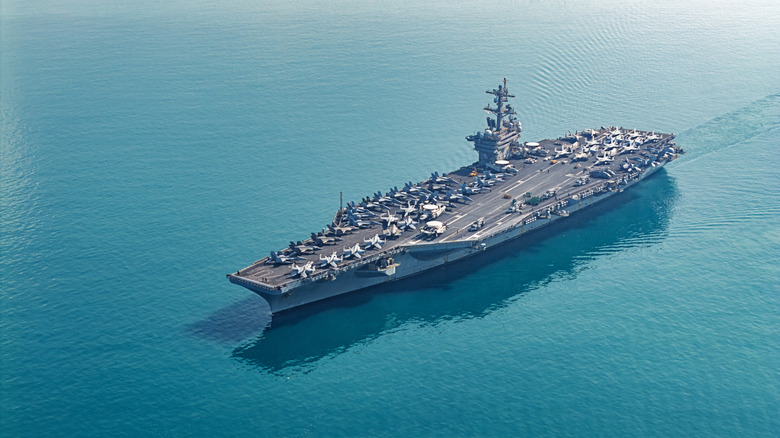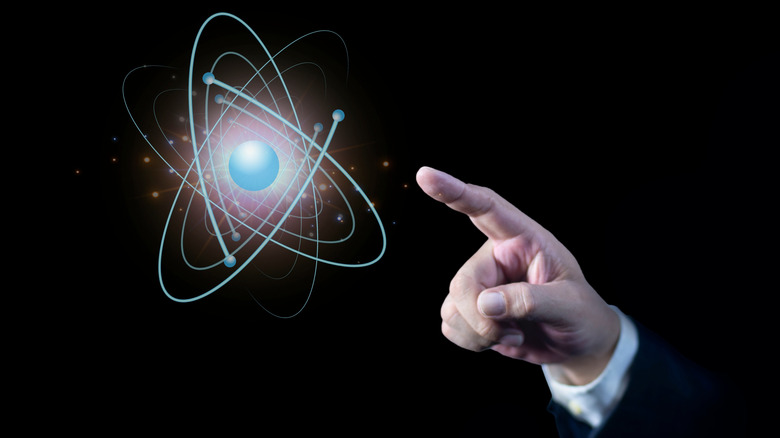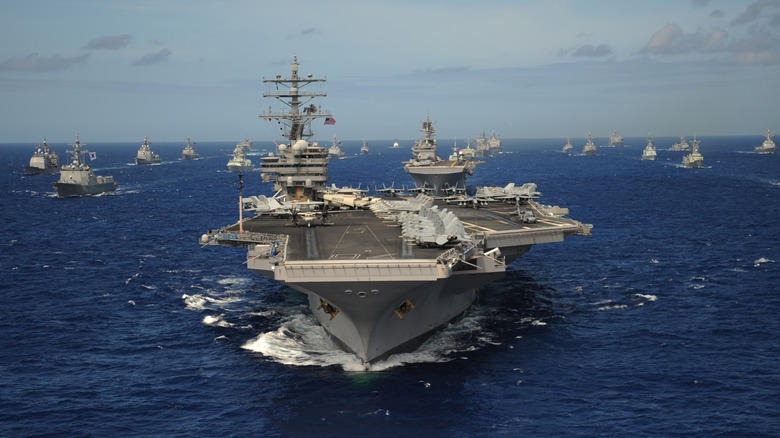How Nuclear Energy Powers American Aircraft Carriers
When nuclear energy is mentioned, most people think about nuclear power plants, but did you know that nuclear technology fuels some of the most advanced ships in the world? Nuclear energy plays a central role in powering American aircraft carriers. These massive floating airbases are the key to U.S. naval operations around the world, and they demand lots of power. They're not just a show of strength but also a marvel of modern engineering. They're over 1,000 feet long and weigh around 100,000 tons. They need a tremendous amount of energy to travel the oceans without stopping for fuel and to power all the onboard systems. That's where nuclear power comes into play.
Nuclear energy allows these giant carriers to stay at sea for over 20 years without refueling. That wouldn't be possible with traditional fossil fuels. Nuclear energy gives the U.S. Navy flexibility, global reach, and unmatched endurance. So let's take a look at how exactly nuclear energy is used to power aircraft carriers. The science behind it is thrilling if you're a tech enthusiast, a military buff, or simply curious about how things work.
The science that powers American aircraft carriers
Just like giant power plants on land, nuclear reactors on board U.S. aircraft carriers generate massive amounts of heat through a process called nuclear fission. Simply put, the reactor splits atoms of enriched uranium, releasing the energy in the form of heat. This heat turns water into high-pressure steam. The steam is then directed to spin the ship's turbines, which in turn, spin the propeller shafts. That's how the vessel is pushed through the ocean. But that's only a part of the story. The same steam also powers the generators that produce electricity for the whole ship. Nuclear power runs everything, from lights and radar systems to computers and communication equipment. Even the aircraft launch system that catapults the aircraft from the carrier's deck relies on this power.
Because uranium is so incredibly dense with energy, one nuclear-powered aircraft carrier can operate for decades before it needs to refuel. The aircraft carriers are so self-sufficient that it's possible to use them in prolonged missions on the other side of the planet without worrying about fuel logistics. The energy that nuclear power provides is what makes the American aircraft carriers one of the most versatile and most powerful vessels in the world.
Nuclear-powered aircraft carriers then and now
The idea of using nuclear power at sea dates back to the Cold War. More precisely, to the 1950s. The U.S. Navy needed to extend the range of its vessels without needing to stop to refuel. The first nuclear-powered submarine was launched in 1955, and it was called the USS Nautilus. Its success was inspiring, and just a few years later, the famous USS Enterprise set its first nuclear-powered sail in 1961. It was the first aircraft carrier completely dependent on a nuclear reactor for its power supply. To be precise, it had eight nuclear reactors that helped USS Enterprise stay in service for over 50 years.
Modern-day U.S. aircraft carriers of the Nimitz and Ford classes need only two nuclear reactors. That's because now we have more powerful and more efficient ways of using nuclear energy. These ships were designed to sail over a million nautical miles without needing to refuel. Since it's nuclear energy that powers the carriers, there's room for more ammunition and jet fuel for aircraft. This allows the carriers to respond to crises anywhere in the world quickly and to serve in very long missions. But improving military engineering is a never-ending mission. As the technology continues to advance, nuclear-powered aircraft carriers remain at the heart of maritime innovation and global security.


